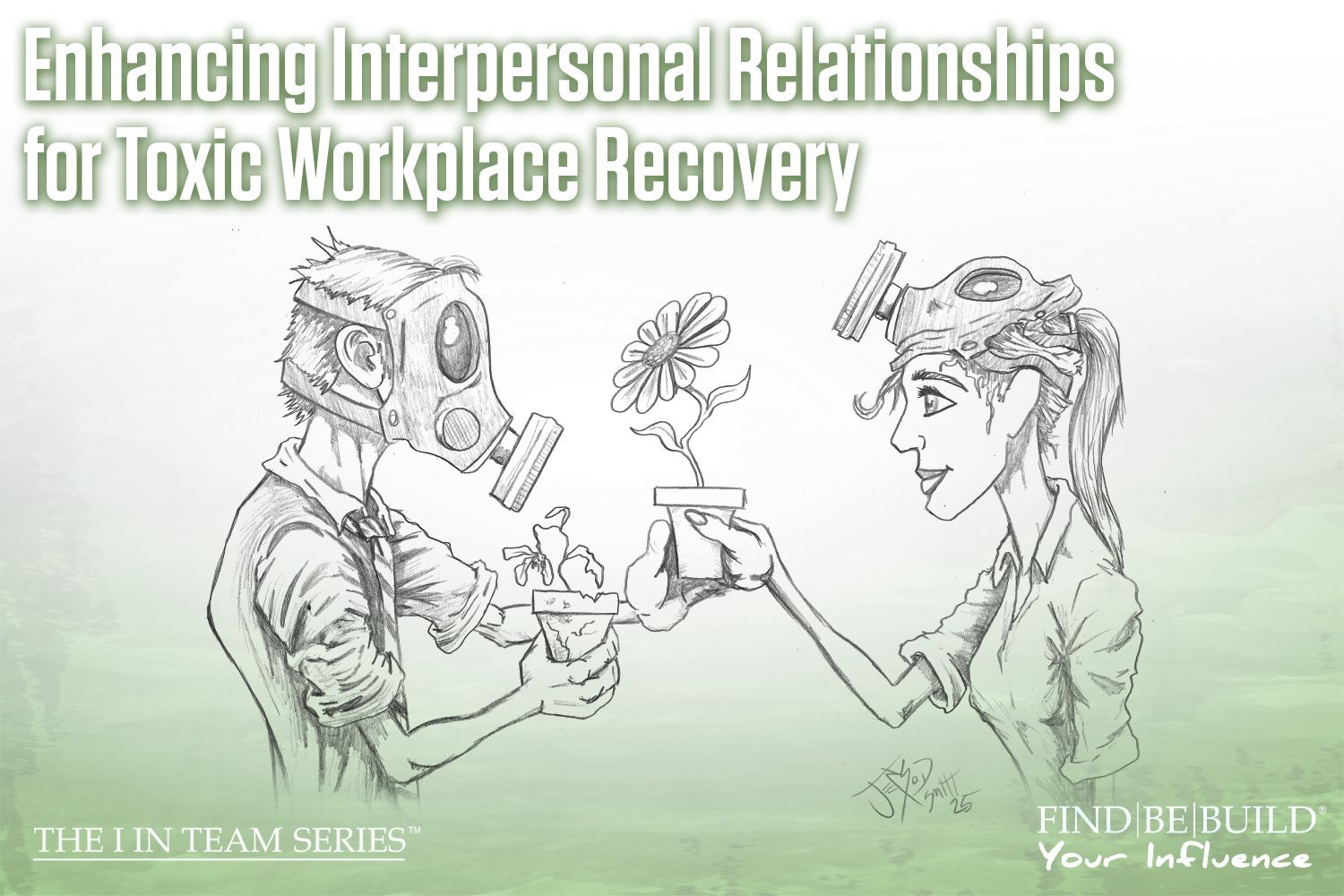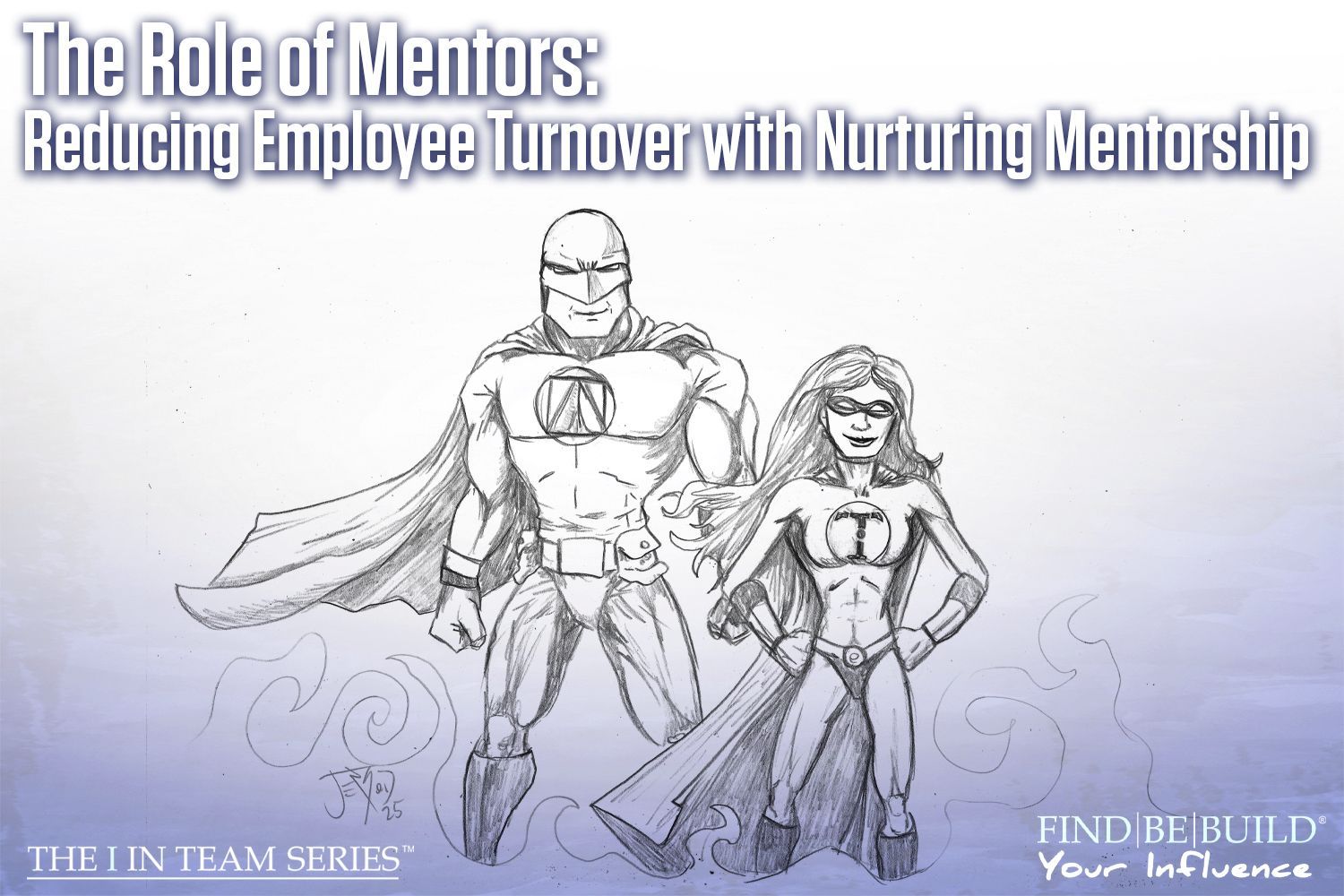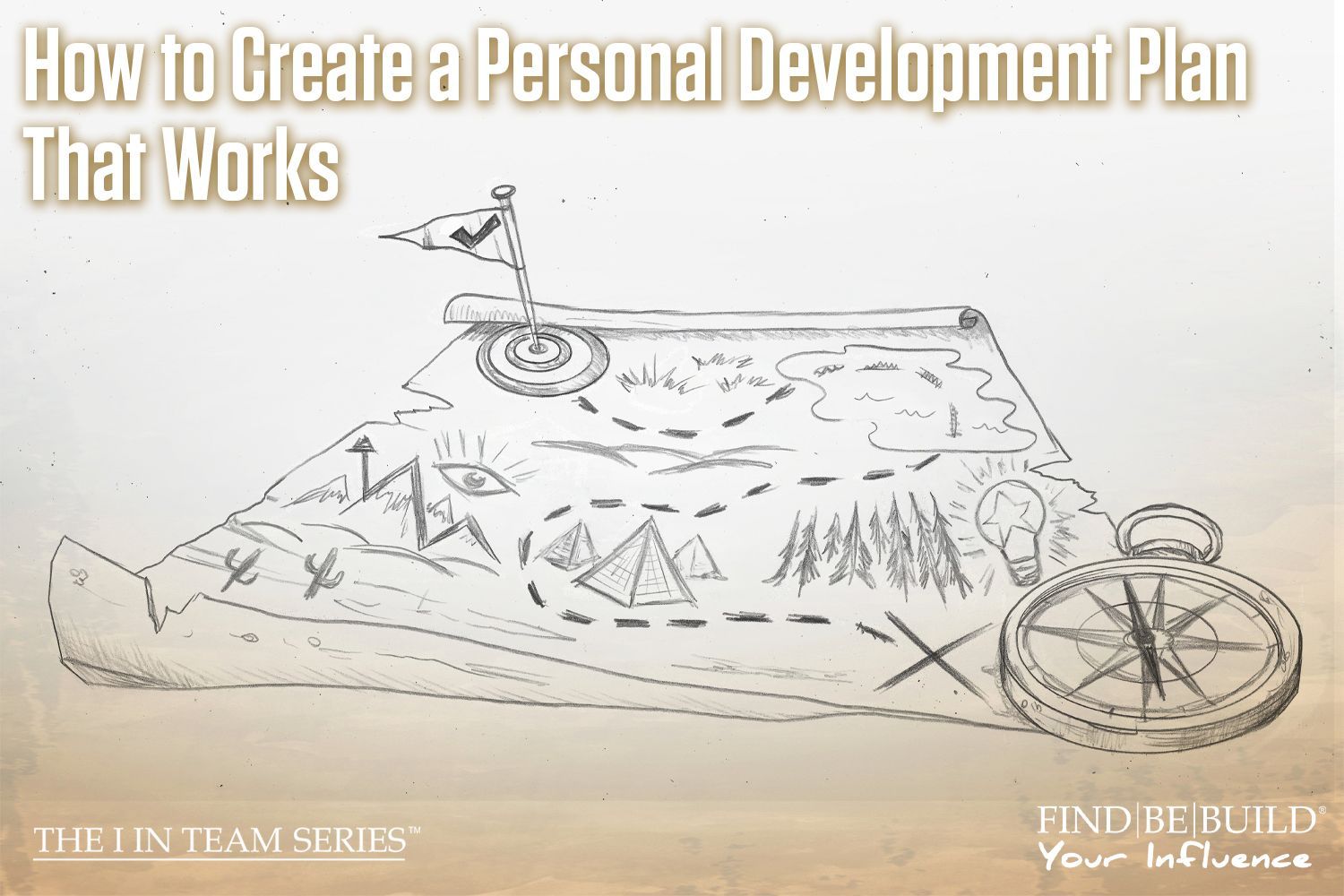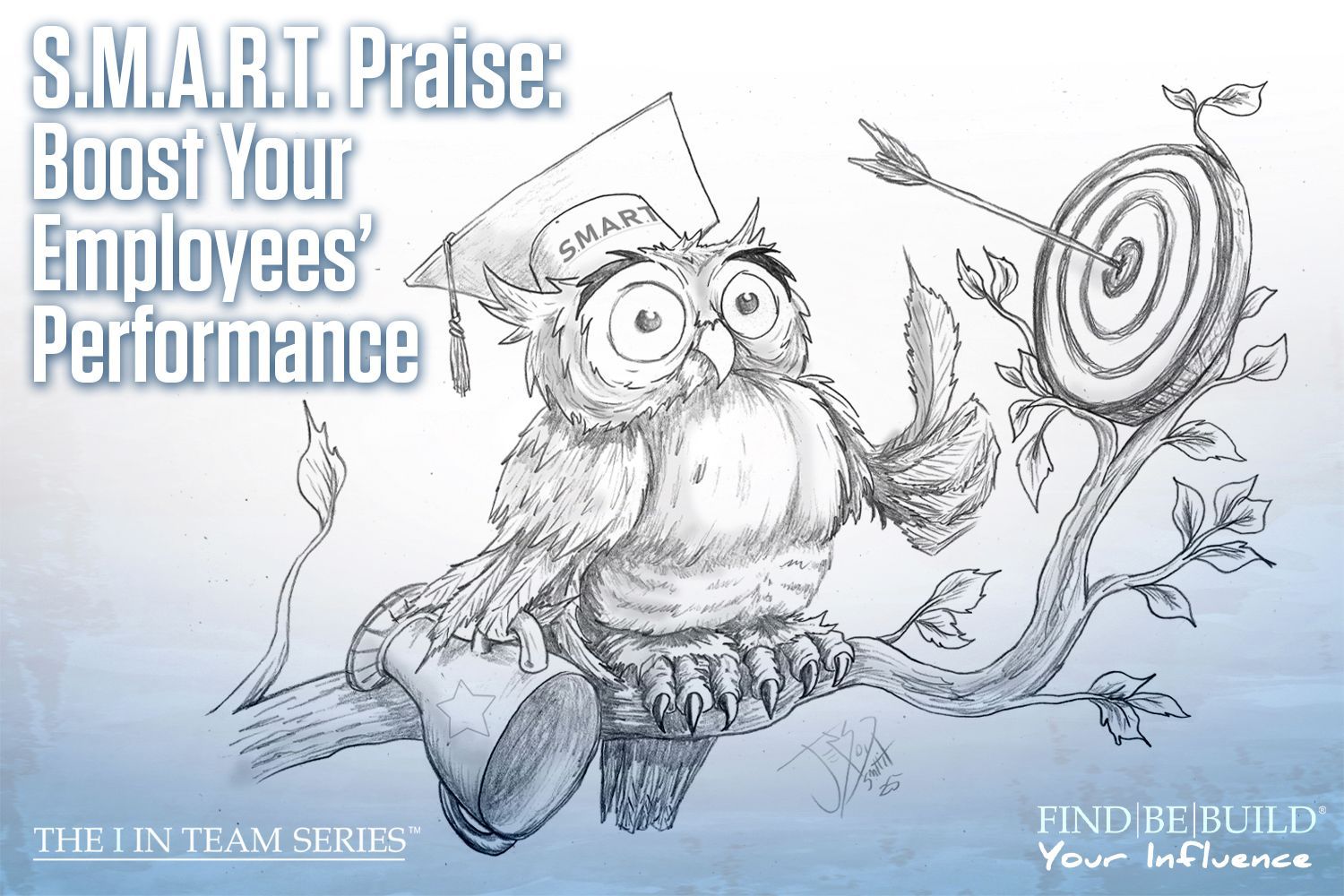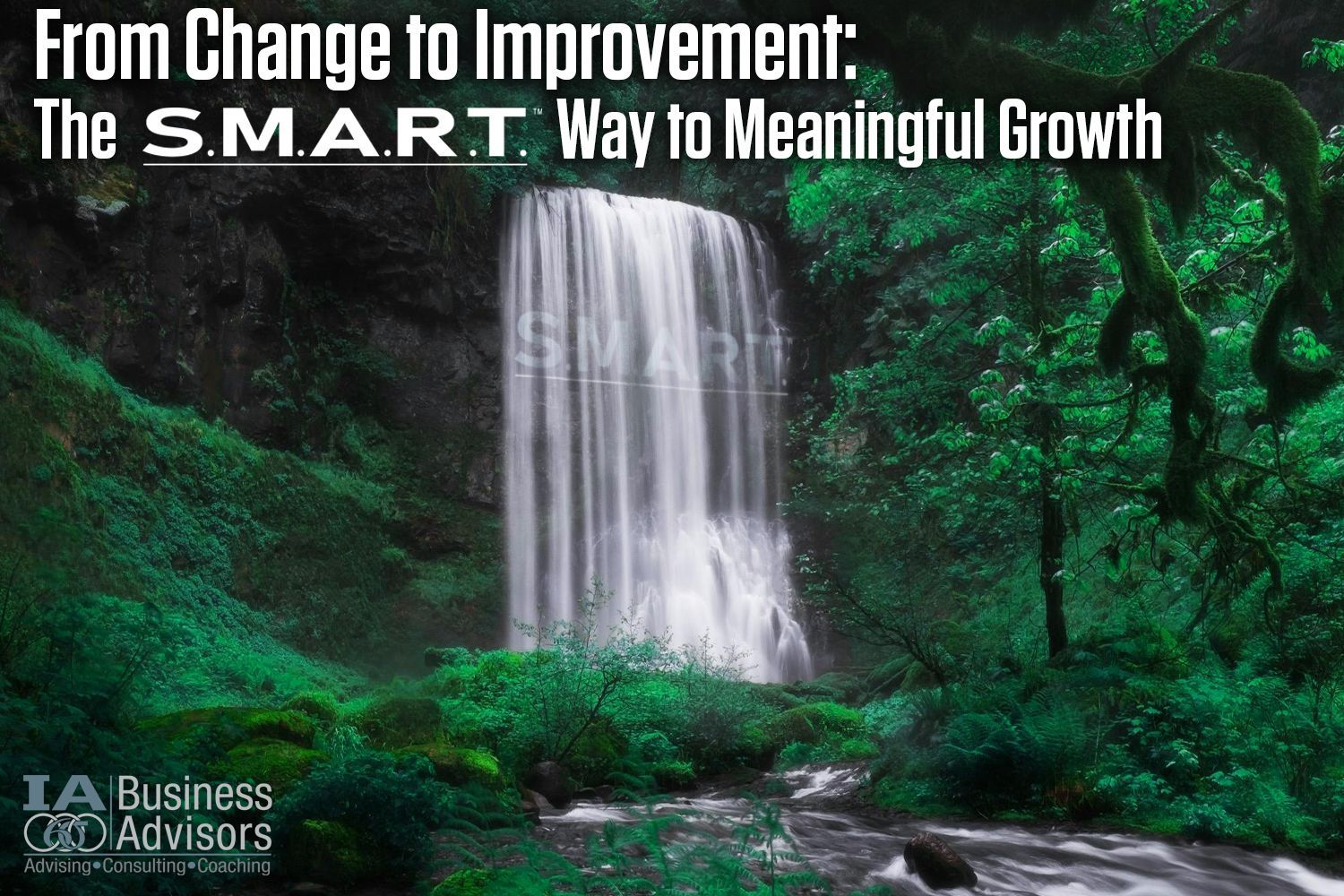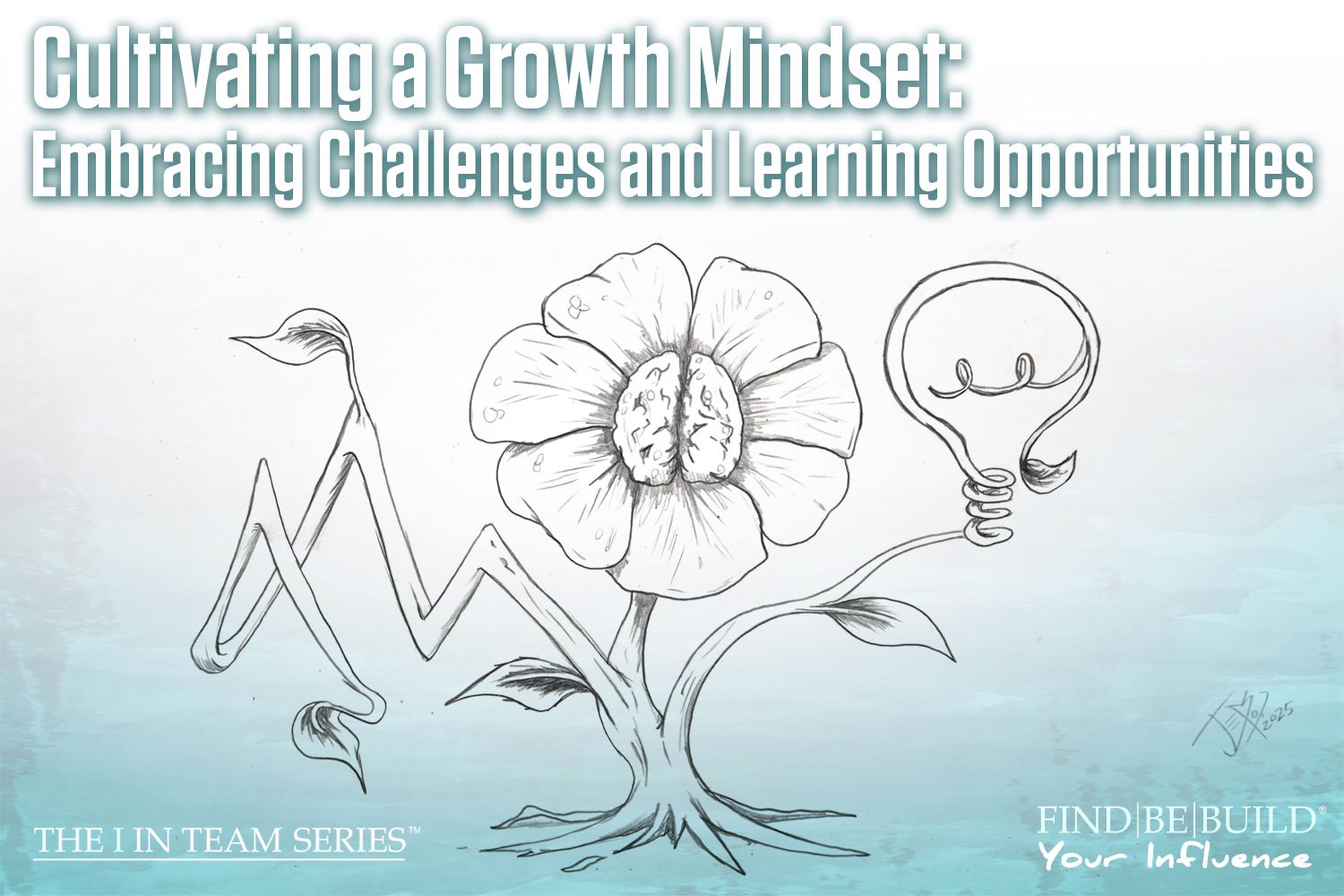5 Crystal Clear Signs That You Should Considering Hiring

Hiring a business consultant
Written by: Brian Smith
At the last IA Business Advisors Workshop with over 10 local small business owners, I spoke on the importance of a budget and cash flow management. After the workshop, I was approached separately by more than a few people about when and how to expand their workforce. It seems like many small business owners (some who have already hired a staff and “failed” which further perpetuates their reluctance to broach the topic) are reluctant to ask questions about hiring. Maybe they think hiring is too expensive, or giving up control will tarnish the brand they’ve strived to create. Out of the dozens of business owners I’ve consulted with on various topics, they all seem to want to know the same thing about hiring: How do I know when to hire my next (or first) employee?
Business decisions, and hiring is a great example, can’t be made in a vacuum. Instead of just giving you a list of conditions that when met means you must hire an employee, I’m going to give you 5 signs that you should consider hiring. Also, this past week I had a great conversation with a very successful friend who owns a rapidly expanding recruiting firm, so as a little bonus I will share his 6 rules to avoid hiring mistakes.
Before I give you the 5 signs that you should consider hiring, I want you to consider this statement:
If you don’t manage yourself, it’s going to be very difficult to manage someone else.
In other words, do you know how many hours you worked last week? I mean hours actually worked, not hours checking Facebook or LinkedIn. What about your last couple projects? Do you know how many hours it took you to complete them? Were you profitable? What pay rate did you pay yourself for that work? What were your margins on those projects? If you hired someone to do that work, they were 80% as efficient as you (I’m being slightly optimistic), and you paid them a fair rate, what would your margin be? How many more hours did you save for other pressing matters by hiring someone else?
Many business owners and entrepreneurs think that hiring employees will make their lives easier. Don’t get me wrong. That’s the goal! However, if your operations, process, and finances are messy now, adding staff will amplify this problem. If you have a solid foundation of sound operations, smooth process, and profitable finances, adding staff will help build your organization.
Once you’ve ensured that you have solid operational systems in place, look for these 5 Crystal Clear Signs to Consider Hiring:
– Decreasing Quality: Missing deadlines due to an abundance of work
– Missing Revenue: Turning down opportunities for work because you’re too busy
– Work/Life Balance: Spouse or friends complaining because you are too stressed out to enjoy life
– Consistent Revenue: You’ve built a steady stream of revenue from a diverse book of business and the work isn’t something only you can do
– Objective Measurables: Very efficient way of forecasting and determining profitability
To be clear, this list doesn’t necessitate hiring an employee. Just because you can check off each one, doesn’t mean you should go out and hire someone right away. These are simply signs you should consider hiring an employee. As I said earlier, business decisions can’t be made in a vacuum and many other things should be considered before hiring an employee. What’s your business strategy? What’s your financial position? How long will it take to train someone? Are your systems set up to handle additional users? I don’t mean to overwhelm you with cautionary questions, as they are simply supposed to provoke thought.
So now you are properly framing your thoughts around whether it is the right time to hire. Though once you decide to hire, you want to be sure to do it right. In my next blog post, I will share 6 Critical Rules to Avoid a Hiring Debacle.
What are some of your success stories with hiring employees?
© Individual Advantages, LLC 2016
The post 5 Crystal Clear Signs That You Should Considering Hiring appeared first on IA Business Advisors.

